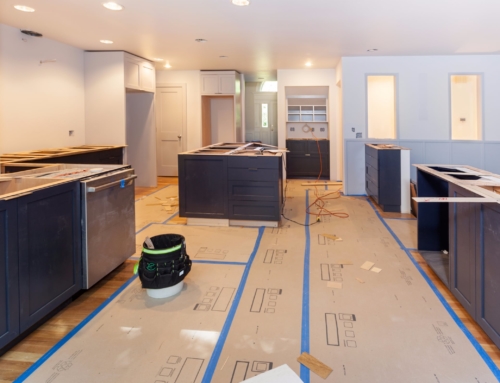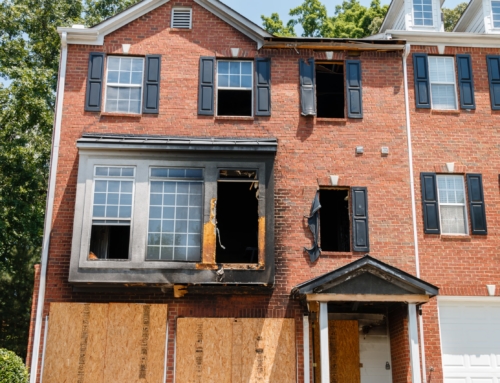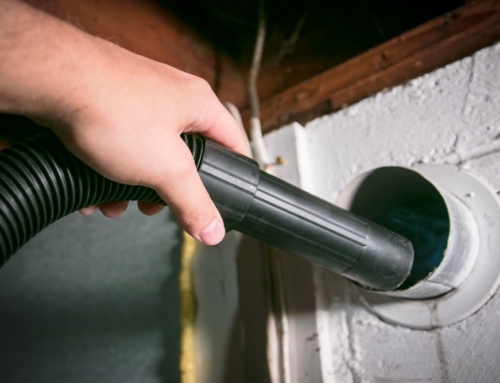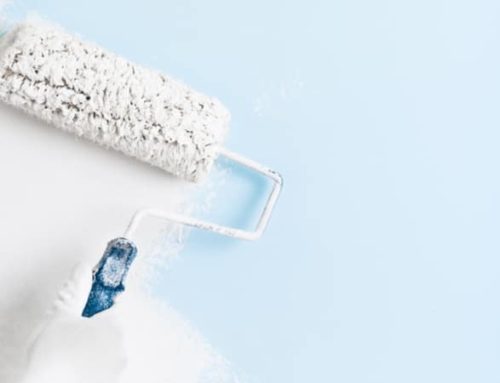Can the way we design, build and decorate our homes and offices help save the planet? Some designers think so.
The greening of America’s office buildings and homes is picking up steam, as new studies show a huge financial return on investment for developers. But do you have to sacrifice design in order to save the planet? It appears eco-designers have come up with some beautiful and functional answers.
No one wants New York or the rest of the world to end up under water. But can building green buildings and homes save the world?
“People want to do the right thing so it’s becoming more and more popular,” says Carlie Bullock-Jones, TVS.
Doing right is nice, but creating buildings that are ecologically and environmentally sensitive also saves money.
“Buildings that are green perform better on the bottom line. They cost less to operate they use less water, less natural resources, there are insurance company incentives, there are marketing incentives, they’re easier to lease and they’re getting higher lease rates for them,” says Rick Fedrizzi, U.S. Green Building Council.
“We save 30 percent on our electricity bill,” says Kevin Pierce, Farr Associates.
But a new study shows that green buildings, in addition to adding to the bottom line, also increase productivity. Apparently, people who can open up the window get fewer colds and feel better overall. That’s the hope for Sanctuary Place, a new affordable housing option for homeless women, which is one of the few completely green buildings in the city. Green works in schools too.
“Children that are operating in schools that are green are getting test scores that almost are 20 percent higher than traditional schools,” Fedrizzi says.
Which is good news for the future students at Tarkington Elementary. The first green school in Illinois which is currently under construction on the southwest side of Chicago. But just because it’s good for the environment doesn’t mean aesthetics have to suffer.
“I don’t believe sustainable design has to look like a brown paper bag. I think there’s a huge myth that people think it has to look dull and brown and green,” Bullock-Jones says.
At the NeoCon Show at the Merchandise Mart this week, manufacturers displayed environment-friendly materials that were anything but dull. At Farr Associates, sustainable materials are on display all over the whole office. The carpet is recyclable, the walls are painted with a milk-based paint, the tabletops are all natural linoleum and the see through panels are recycled plastic with real leaves.
“I don’t think we’re all thinking we’re saving the world by ordering a green product, but those are steps toward a better world,” Bullock-Jones says.
Building green cost about 2 percent more upfront, but can save a developer 20 percent in total building costs and can payback its cost in the first two years.
RESOURCES
KIRA, A PROPRIETARY FABRIC FROM HERMAN MILLER, IS A PANEL SYSTEM FABRIC MADE FROM 100 PERCENT, ANNUALLY RENEWABLE BIO-BASED FIBER DERIVED FROM THE PLANT SUGARS OF CORN.
HERMAN MILLER
8485 HOMESTEAD DRIVE
ZEELAND, MI 49464
616-654-7015
WWW.HERMANMILLER.COM
VALCUCINE
RENEWABLE/RECYCLABLE KITCHEN DESIGN
MERCHANDISE MART
CHICAGO, IL 60654
312-755-03356
WWW.VALCUCINECHICAGO.COM
US GREEN BUILDING COUNCIL
1015 18TH STREET NW
SUITE 805
WASHINGTON, DC 20036
202-828-7422
WWW.USGBC.ORG
FARR ASSOCIATES
ARCHITECTURE/PLANNING/PRESERVATION
53 W JACKSON
SUITE 650
CHICAGO, IL 60604
312-408-1661
WWW.FARRSIDE.COM
June 26, 2004.






Leave A Comment